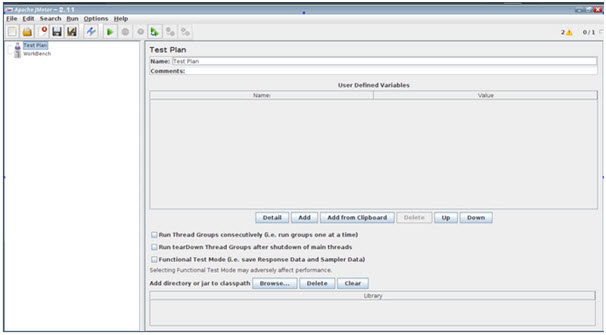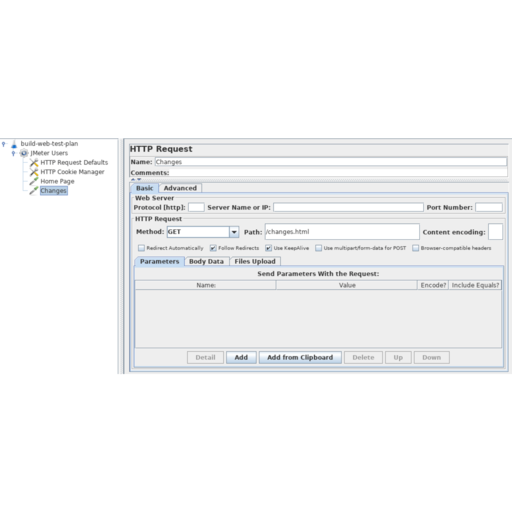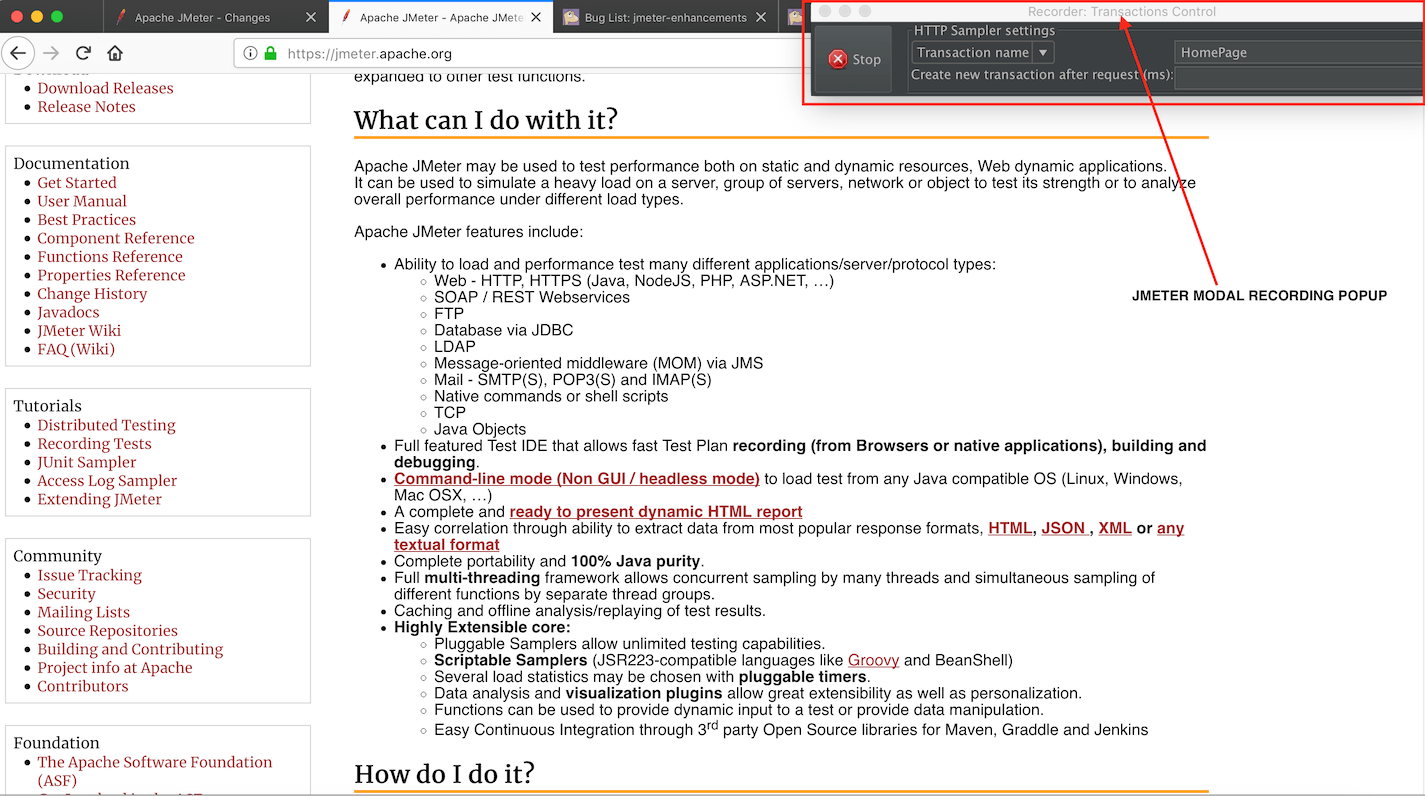
Next part of Thread Group is to set Thread Properties. You can select any of the above actions for your test. In Thread Group, Five types of actions can be taken when any sampler error occurs. It is used to set action, properties, and schedule of Thread Group before starting the test. Click on Add, next Thread (Users) and next Thread Group. Right-click on Test Plan1 from the left navigation. This test will do the load test based on the next configuration of the site. Here, the site is set as the variable name and is set as value. Next, you have to set the variables that you want to use in your test. Here, Name is set to Test Plan1 and test1 is set as a comment which is optional. If you want you can change the default value. Test name is set to Test Plan by default. How a simple load test can be done using JMeter is shown in this part of the tutorial. It is discussed earlier that JMeter can be used for various types of testing. The following dialog box will appear after the successful installation of JMeter. If you have installed Java before then run the following command to check the version of the installed Java.
Apache jmeter 5.4 download install#
So you require to install the latest version of JRE or JDK to run JMeter.

Apache jmeter 5.4 download software#
How you can install and run this software is shown in this tutorial. It is mainly designed for testing web application, but now it is also used for database testing, stress testing, distributed testing, and functional testing. So anyone can download, install and customize this software to do the test. It is used to create a large amount of virtual concurrent traffics to the website for doing the load test. How many requests the website can handle at a time or how the website performs when a large number of requests appear on the site can find out by load test.Īpache JMeter is the best tool developed by Stefano Mazzocchi of Apache Software Foundation to perform this type of test and check out the performance of any website. One of the important tests for any website is a load test.

The application provides support for multiple protocols and enables you to run concurrent sampling for multiple threads.After developing a new website, it is very important to perform some tests to find out the limitation of the site, and take necessary actions to remove the limitations for making the site more appropriate for the visitors before publishing.

Powerful and easy-to-use testing and analysis tools for web applicationsĪpache JMeter proposes a simple but versatile solution for analyzing the performance of your web application under different conditions. In addition, you can extend its functionality by using plug-ins or scriptable samplers.

The utility can also perform sampling for multiple functions at the same time, targeting different threat groups: a multi-threaded framework makes this possible. Analyze the performance of web applications on servers using different protocolsĪpache JMeter can run performance tests on different types of servers using various protocols, such as HTTP, HTTPS, SOAP, FTP, LDAP, JDBC, JMS, SMTP, POP, IMAP, MongoDB, TCP, native commands or shell scripts. Keep in mind that although Apache JMeter may look like a browser, the application does not render the content of the HTML page, but measures the response of various resources.


 0 kommentar(er)
0 kommentar(er)
